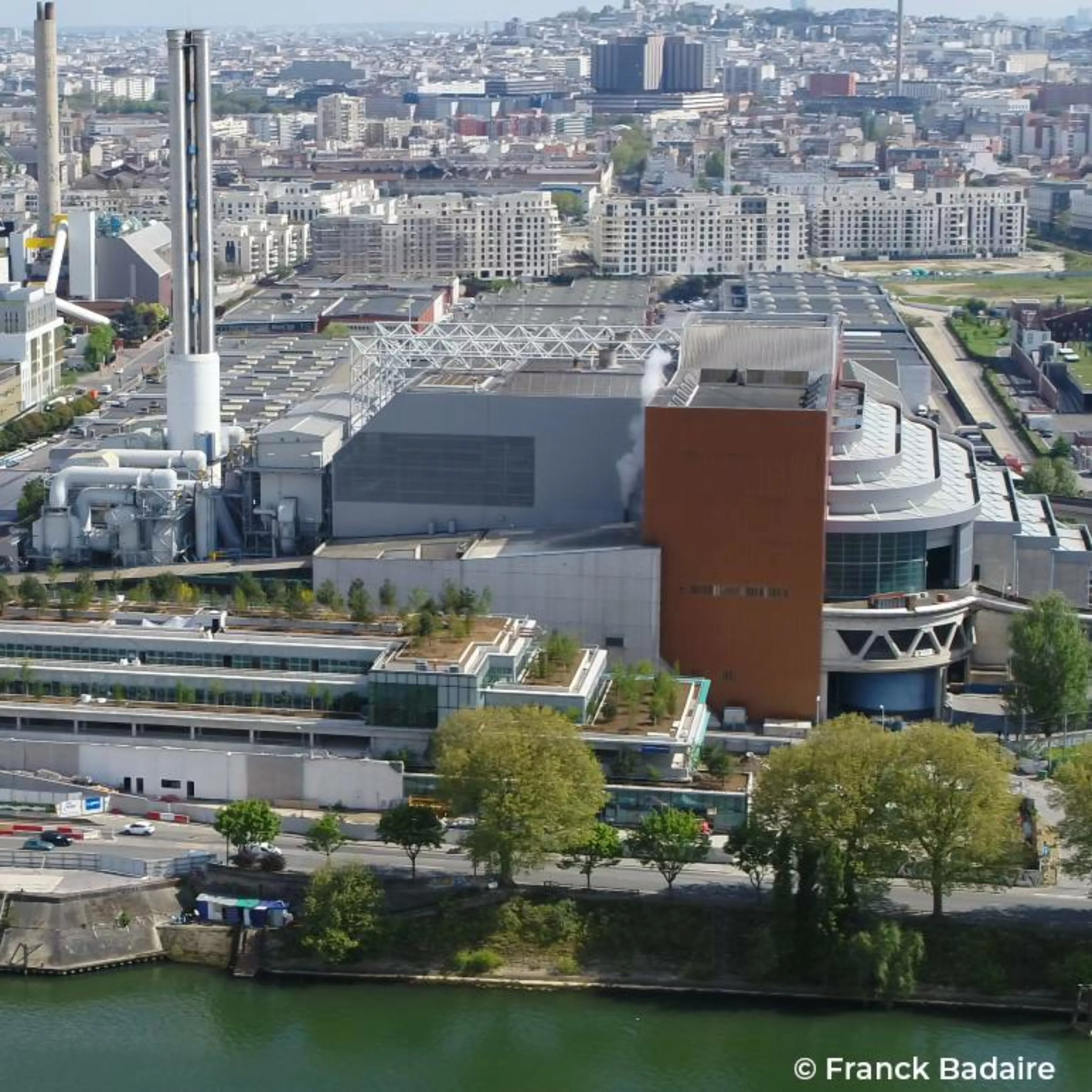
Opened in 1990 and operating within an industrial environment, the Saint-Ouen-sur-Seine waste-to-energy plant, Syctom’s second industrial site, receives, treats and recycles household waste from Audon residents and 16 other surrounding municipalities that are Syctom members.
The heat generated by the incineration of waste is used to produce steam, which supplies the CPCU (Compagnie Parisienne de Chauffage Urbain) heating network, and electricity, which is used to run the centre and any excess is sold to EDF. Waste collected from almost 1.5 million residents is recycled, producing heat for around 110,000 housing equivalents and almost 57,000 MWh of electricity (around 80% of which is self-consumed).
Since 2015, work has been underway to modernise the fume gas treatment process (under the project management of setec / Ingevalor) and industrial effluents, in order to significantly optimise energy efficiency and environmental performance. At the same time, Syctom is carrying out an ambitious urban integration project.
Syctom has commissioned the setec / Ingevalor consortium with the project management task of designing, building and commissioning the plant’s three dry fume gas treatment lines, without disrupting operations. In addition to this expertise in the treatment of incineration fume gases and the management of works on sites in operation, the consortium is bringing Syctom their experience in energy recovery from fume gases.
Meanwhile, as part of another project, setec has also coordinated an international research consortium to work on a CO2 capture project involving the installation of a test facility.
Innovative solutions such as cogeneration using an ORC turbine, optimised steam production, the capture of waste energy by condensing fume gases so that it can be reused in the CPCU heating networks, and a project to set up a pilot plant to capture CO2 are all being implemented to optimise the site’s overall efficiency and decarbonisation, making the Saint Ouen site the most efficient incineration site in France.
CHALLENGES


